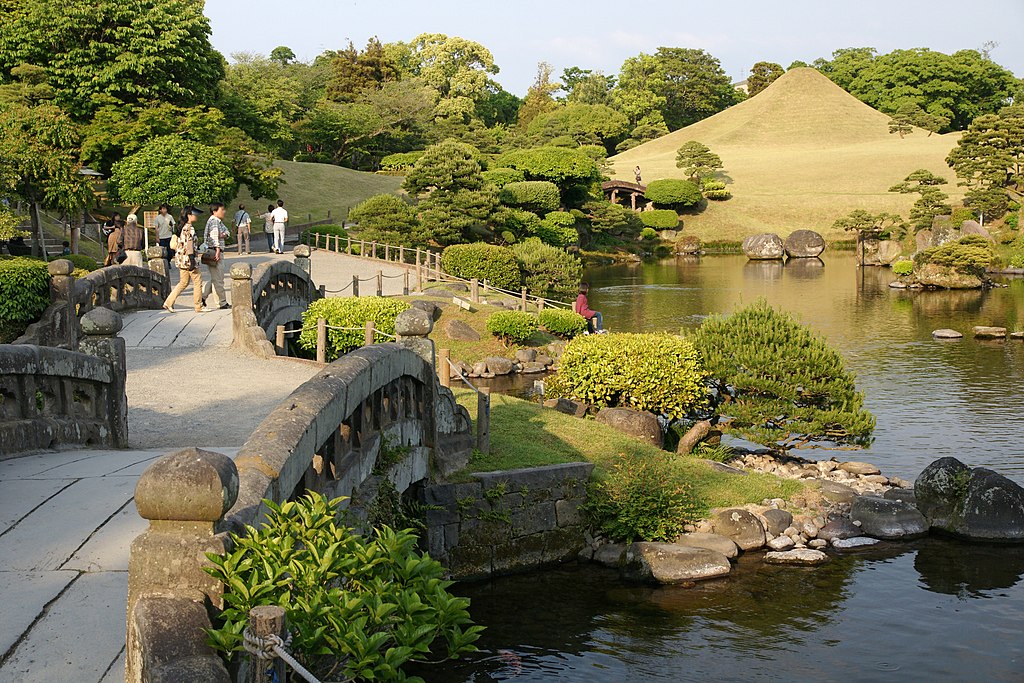Mar 24, 2023
Why Visit Suizenji Park in Kumamoto?
One of Kumamoto’s most popular tourist spots is Suizenji Park, best known for its gardens. Strolling along the paths, over the two stone bridges, and past the ponds filled with colorful carp is the perfect way to spend a few hours.
The History of the Park
The construction of Suizenji Park began in 1632 — the early Edo period. It was created by Hosokawa Tadatoshi, part of the first generation of feudal lords who ruled in the Higo provinces. The park was originally a Hosokawa family retreat. It even had a temple, although this was later relocated, and a teahouse now stands in its place. The thatched teahouse was originally at the Imperial Palace in Kyoto and moved to the park in 1912.
At the end of the 16th century, Hosokawa Tsunatoshi (a third-generation lord) designed Suizenji Garden using principles from the Momoyama period. It was three more centuries before the grounds became open to the public.
What Makes Suizenji Park So Special?
The reason for the exact location of Suizenji Park is the high-quality water that comes from a spring at Mount Aso. This water is particularly excellent for preparing green tea. You can try the tea yourself (including hand-whisked matcha) in the teahouse. It is also worth ordering some ikinari dango — a cake made from sweet potato and bean paste that is a local delicacy in Kumamoto prefecture. You can choose between sitting in the teahouse (for an extra cost) or in the open-air seating area, where you’ll enjoy garden views.
Another highlight is the miniature versions of the Fifty-three Stations of Tokaido — sites along a road that linked Edo with Kyoto during the Edo period. One of the miniatures is a replica of Mount Fuji.
Enjoying the Garden
The best way to see the garden is to take the circular walk. This will take you past around 150 cherry trees, which make the park particularly popular from the end of March to the beginning of April. There are often special events during this time of year.
Another top time to visit is during the spring and autumn festivals, which have been held at Izumi Shrine since its construction in 1878. The festivals involve horseback archery performances because the Hosokawa family members were the heads of the Takeda archery school.
Finally, during the summer, there are Noh performances in the evenings. This classical form of dance and drama dates back to the 14th century. Hosokawa Fujitaka (the clan’s founder and grandfather of Hosokawa Tadatoshi) was a Noh drummer. The original Noh theater burned down in 1965, but the contemporary theater dates back to 1878 and was moved to the garden in 1986.
The best way to reach Suizenji Park from Kumamoto is to take Tram A or B to Suizenji Koen stop. Alternatively, you can take the JR Hohi Line to Shin-Suizenji Station or even walk all the way from central Kumamoto — it takes less than an hour. The park is open all year round from 8:30 a.m. until 5:00 p.m. (the last entry is 4:30 p.m.).
663highland, CC BY-SA 3.0, via Wikimedia Commons


About the author